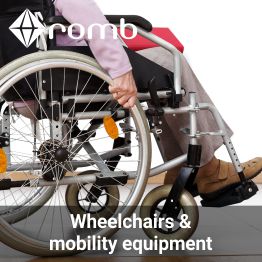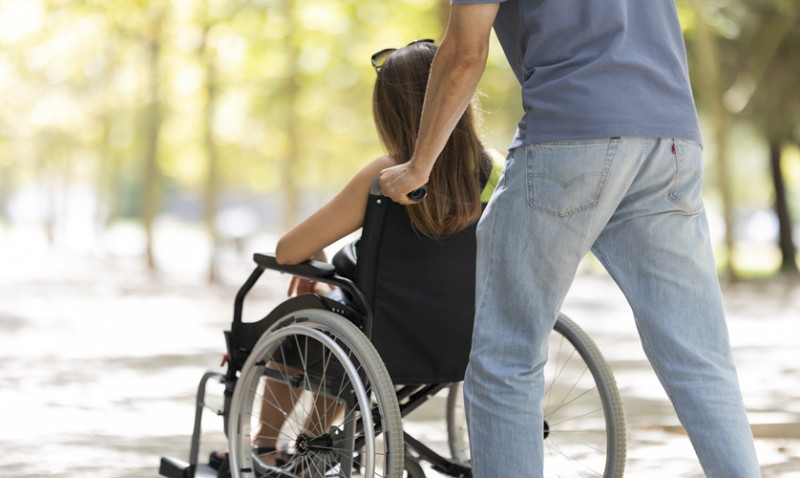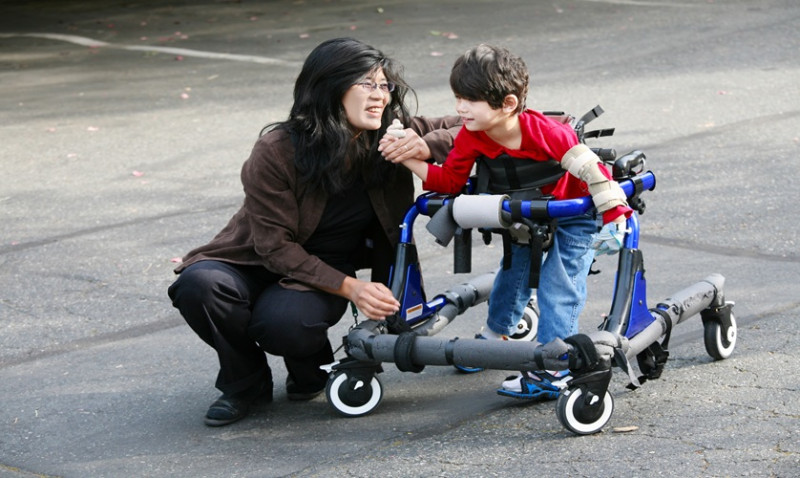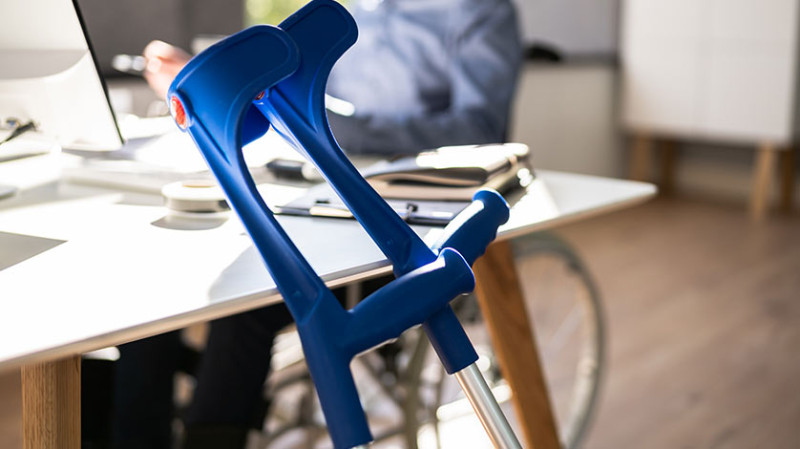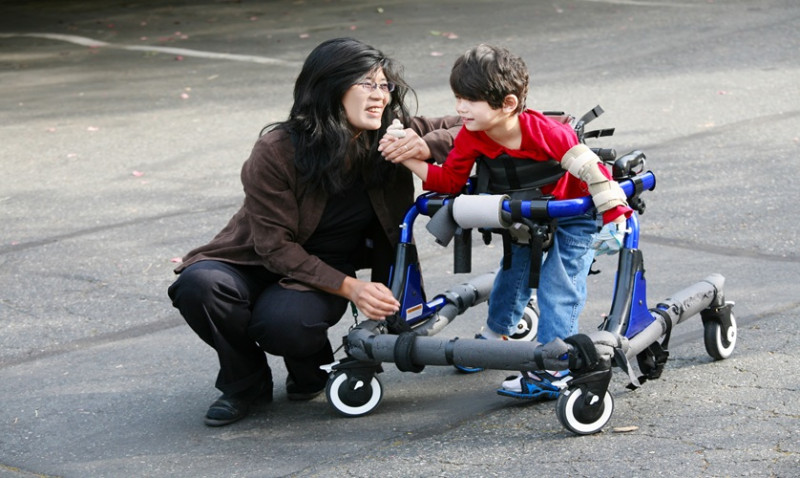
Choosing the right mobility equipment can be a daunting task, especially for first-time buyers. With a plethora of options available, it’s crucial to understand your needs and the features of different products. This guide will provide you with essential tips to help you make an informed decision.
Understanding Your Needs
Before diving into the world of mobility equipment, it’s important to assess your specific needs. Consider the following factors:
- Level of Mobility: Determine how much assistance you require. Are you looking for something to help you walk short distances, or do you need a more robust solution for longer journeys?
- Environment: Think about where you will be using the equipment. Will it be indoors, outdoors, or both? Different environments may require different types of mobility aids.
- Physical Condition: Consider any physical limitations or medical conditions that may affect your choice. Consult with a healthcare professional if necessary.
Types of Mobility Equipment
There are various types of mobility equipment available, each designed for specific needs. Here are some common options:
1. Walkers
Walkers provide stability and support for individuals who need assistance while walking. They come in different styles, including:
- Standard Walkers: Lightweight and easy to use, these walkers require the user to lift them slightly to move.
- Rollators: Equipped with wheels, rollators allow for easier movement and often come with a seat for resting.
2. Wheelchairs
Wheelchairs are ideal for individuals who have limited mobility. They can be manual or powered:
- Manual Wheelchairs: These require the user or a caregiver to propel them.
- Powered Wheelchairs: These are battery-operated and can be controlled with a joystick, making them easier for individuals with limited upper body strength.
3. Scooters
Mobility scooters are a great option for those who need assistance over longer distances. They are typically more compact than wheelchairs and can be used both indoors and outdoors.
4. Canes and Crutches
Canes and crutches provide support for individuals who need a little extra help while walking. They are lightweight and portable, making them easy to use.
Key Features to Consider
When selecting mobility equipment, consider the following features:
1. Weight Capacity
Ensure that the equipment can support your weight. Most mobility aids have a specified weight limit, so check this before making a purchase.
2. Adjustability
Look for equipment that can be adjusted to fit your height and comfort level. This is particularly important for walkers and canes.
3. Portability
If you plan to travel with your mobility equipment, consider its weight and whether it can be easily folded or disassembled.
4. Comfort
Comfort is key, especially if you will be using the equipment for extended periods. Look for padded seats, ergonomic handles, and adjustable features.
Consulting with Professionals
Before making a purchase, it’s wise to consult with healthcare professionals, such as physical therapists or occupational therapists. They can provide valuable insights into what type of mobility equipment would best suit your needs.
Testing Before You Buy
Whenever possible, test the equipment before making a purchase. Many medical supply stores offer the opportunity to try out different mobility aids. Pay attention to how it feels and whether it meets your needs.
Budget Considerations
Mobility equipment can vary significantly in price. Here are some tips for budgeting:
- Research Prices: Compare prices from different retailers to find the best deal.
- Consider Used Equipment: If you’re on a tight budget, consider purchasing used mobility aids. Just ensure they are in good condition.
- Check for Insurance Coverage: Some insurance plans may cover part or all of the cost of mobility equipment. Check with your provider for details.
Maintenance and Care
Once you’ve chosen your mobility equipment, it’s important to maintain it properly. Regular maintenance can extend the life of your equipment and ensure it remains safe to use. Here are some tips:
- Regular Inspections: Check for any signs of wear and tear, such as loose screws or damaged parts.
- Cleaning: Keep your equipment clean to prevent the buildup of dirt and germs.
- Battery Care: For powered equipment, ensure that batteries are charged and replaced as needed.
Conclusion
Choosing the right mobility equipment is a significant decision that can greatly enhance your quality of life. By understanding your needs, exploring different types of equipment, and considering key features, you can make an informed choice. Don’t hesitate to seek professional advice and test equipment before purchasing. With the right mobility aid, you can regain your independence and enjoy a more active lifestyle.
FAQs
1. How do I know if I need mobility equipment?
If you find it difficult to walk or maintain balance, or if you experience pain while moving, it may be time to consider mobility equipment. Consulting with a healthcare professional can provide clarity.
2. Can I get mobility equipment through insurance?
Many insurance plans cover mobility equipment, but coverage can vary. Check with your insurance provider to understand your options.
3. What is the best mobility equipment for seniors?
The best mobility equipment for seniors depends on their specific needs. Walkers, rollators, and scooters are popular choices, but it’s essential to assess individual requirements.
4. How can I make my mobility equipment more comfortable?
Consider adding padded grips, seat cushions, or ergonomic accessories to enhance comfort. Adjusting the height and ensuring a proper fit can also make a significant difference.
5. Where can I buy mobility equipment?
Mobility equipment can be purchased at medical supply stores, online retailers, and specialty shops. Always compare prices and read reviews before making a purchase.
